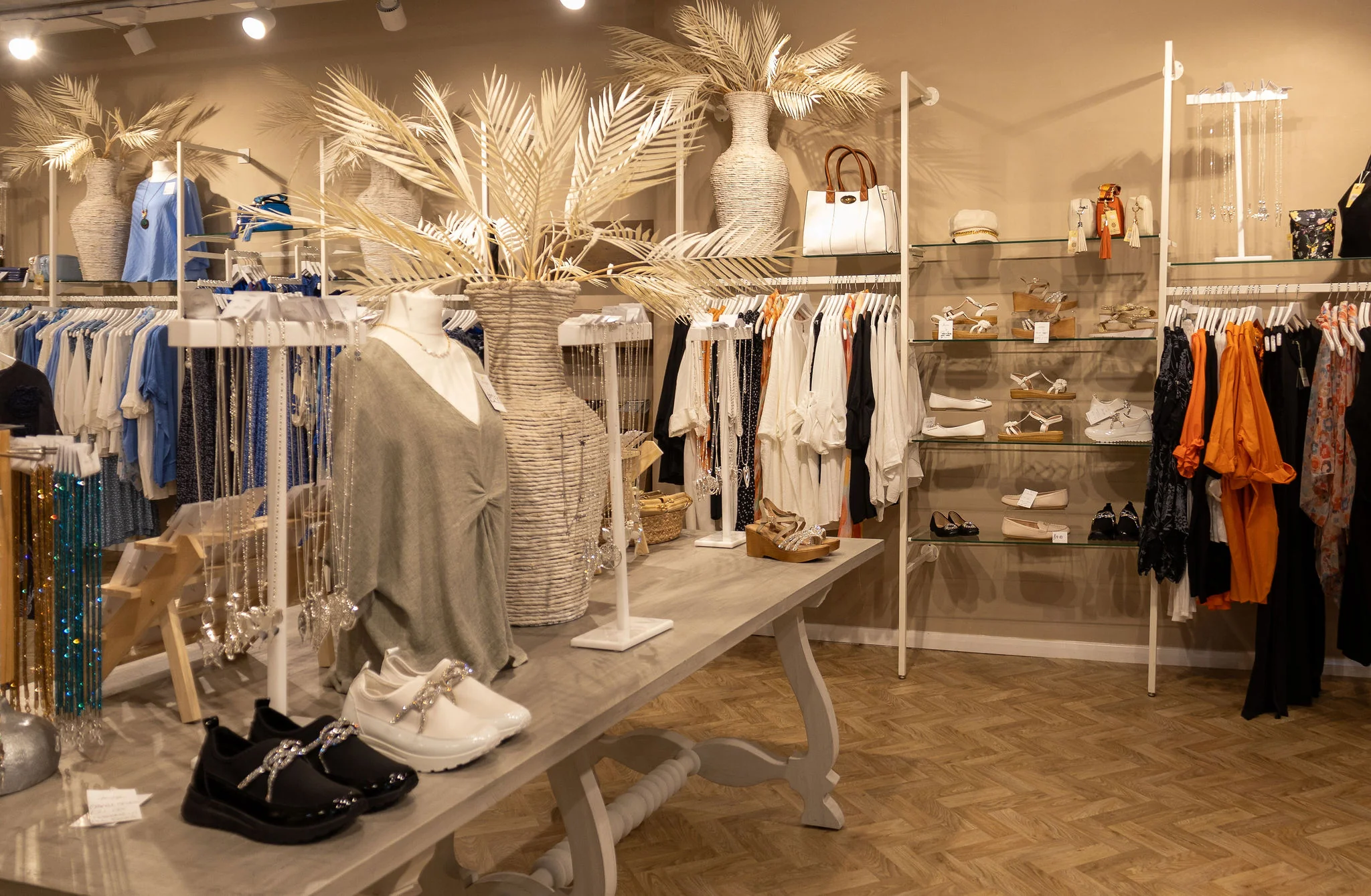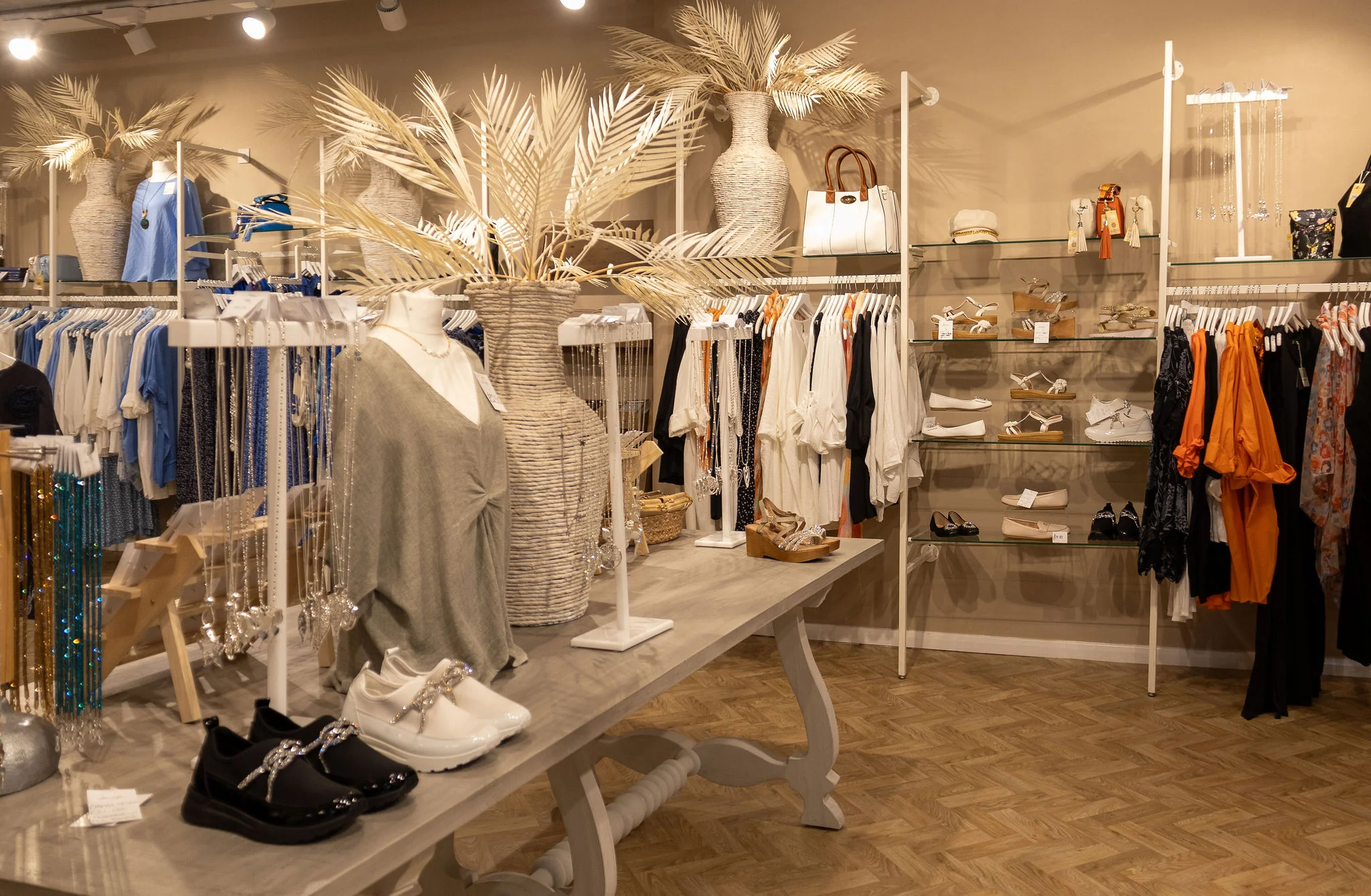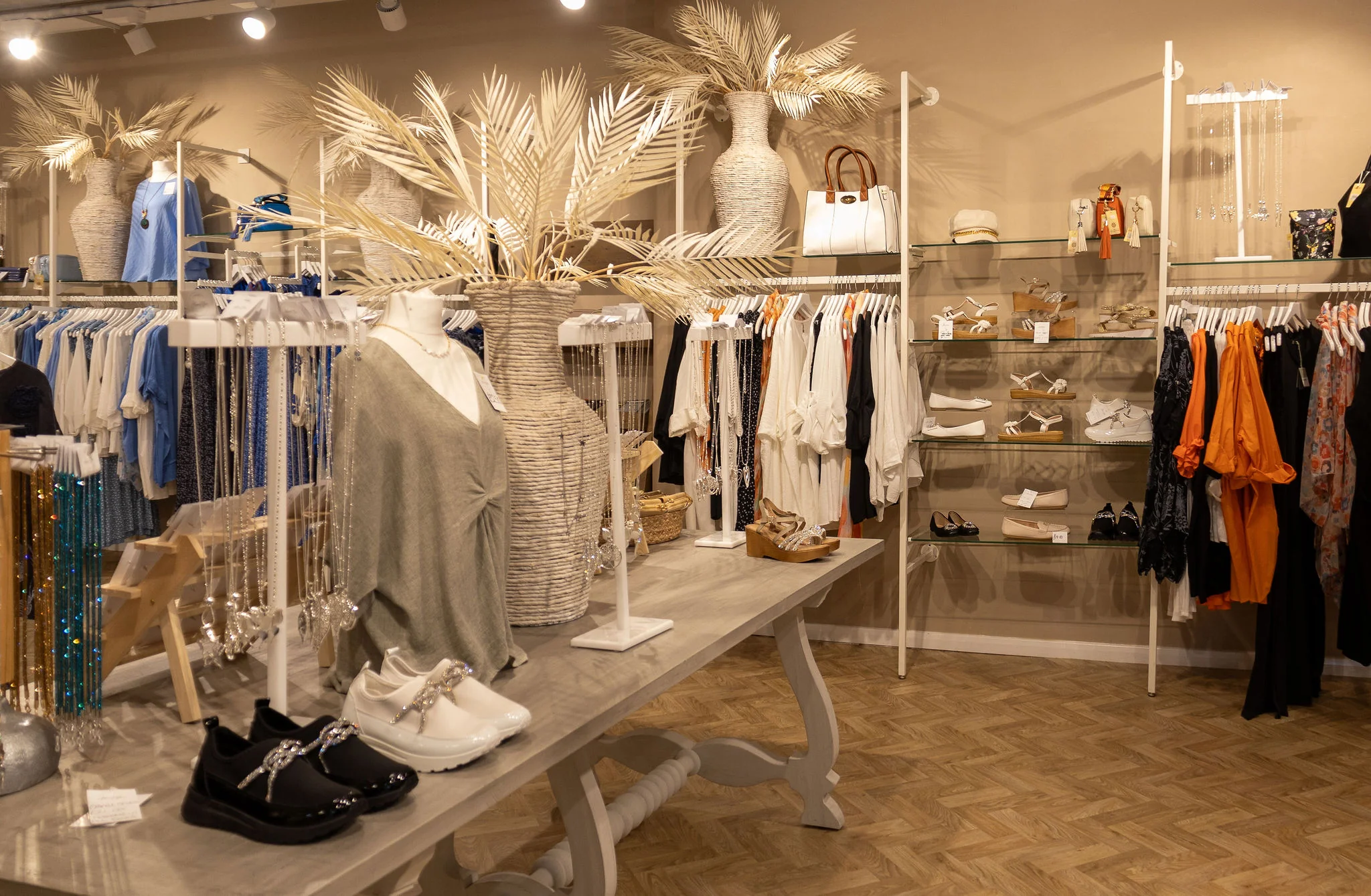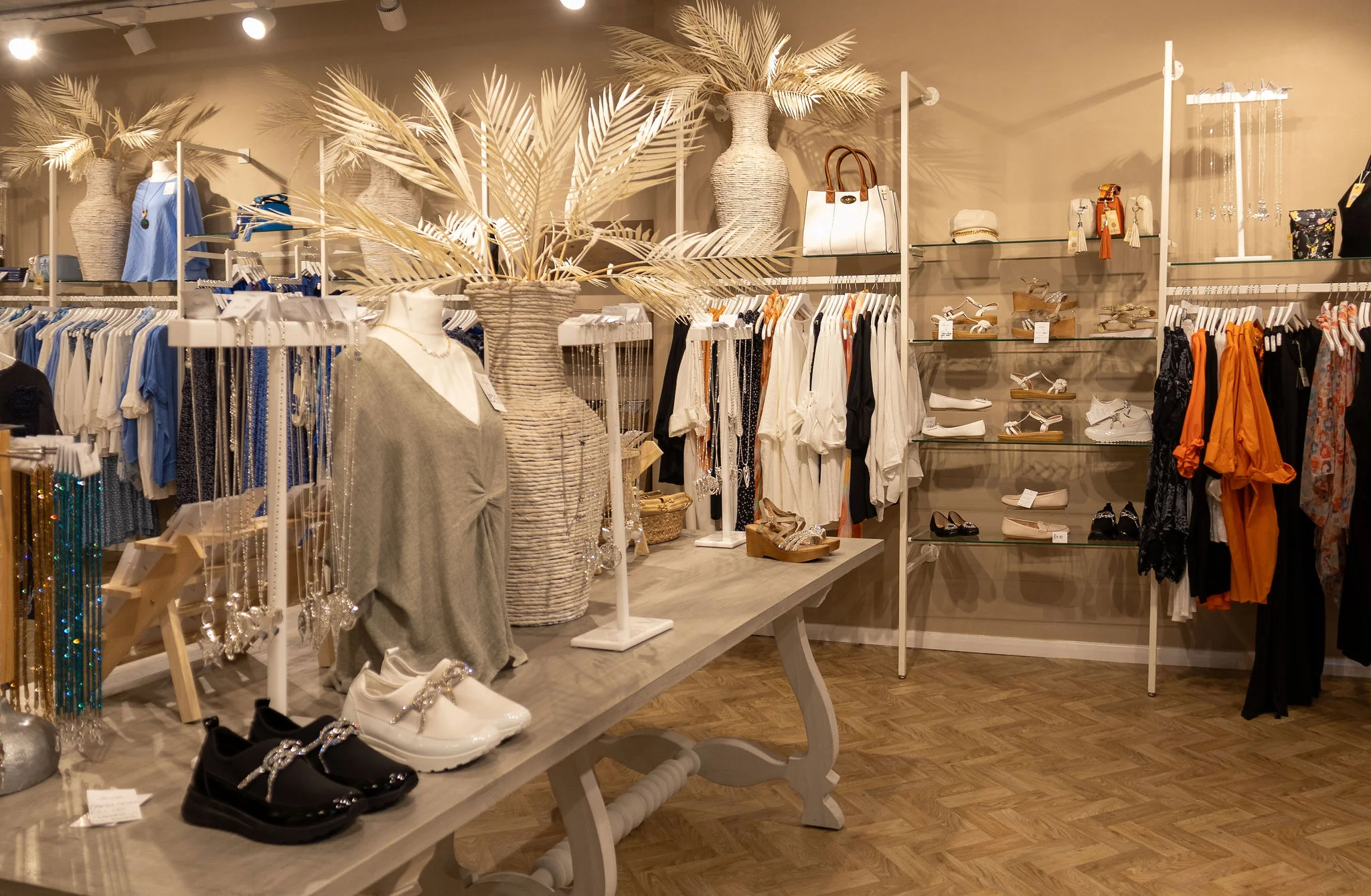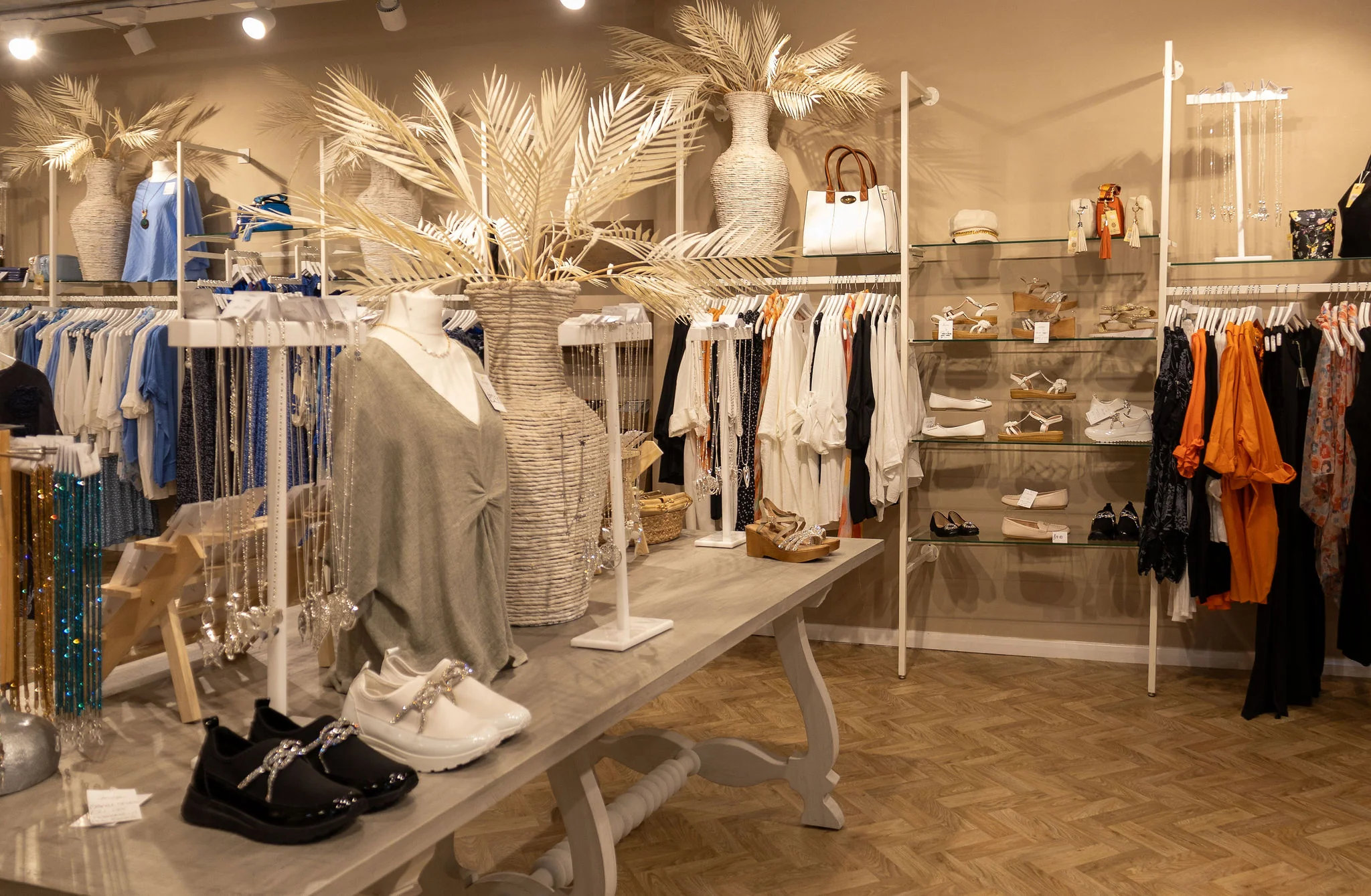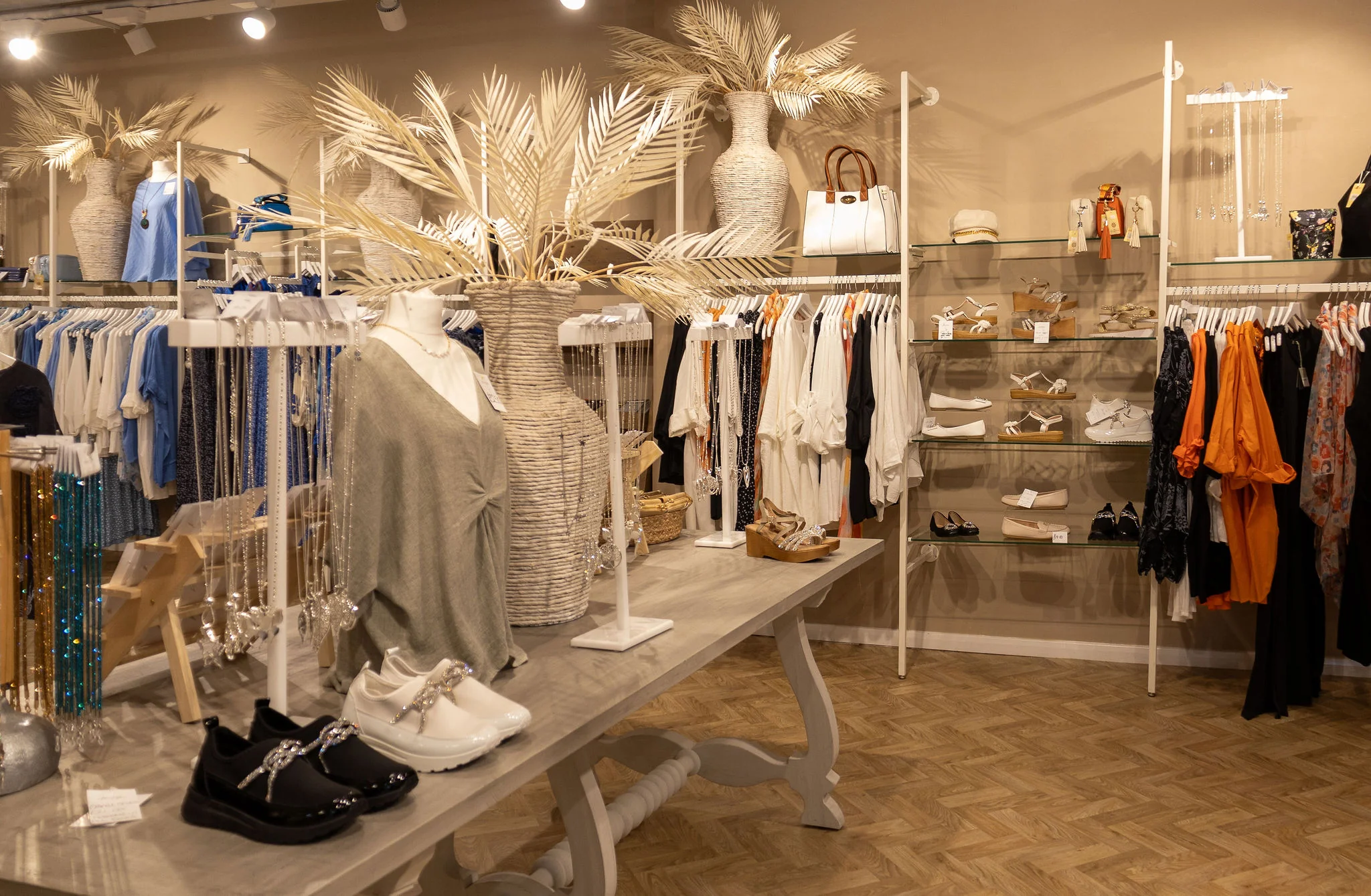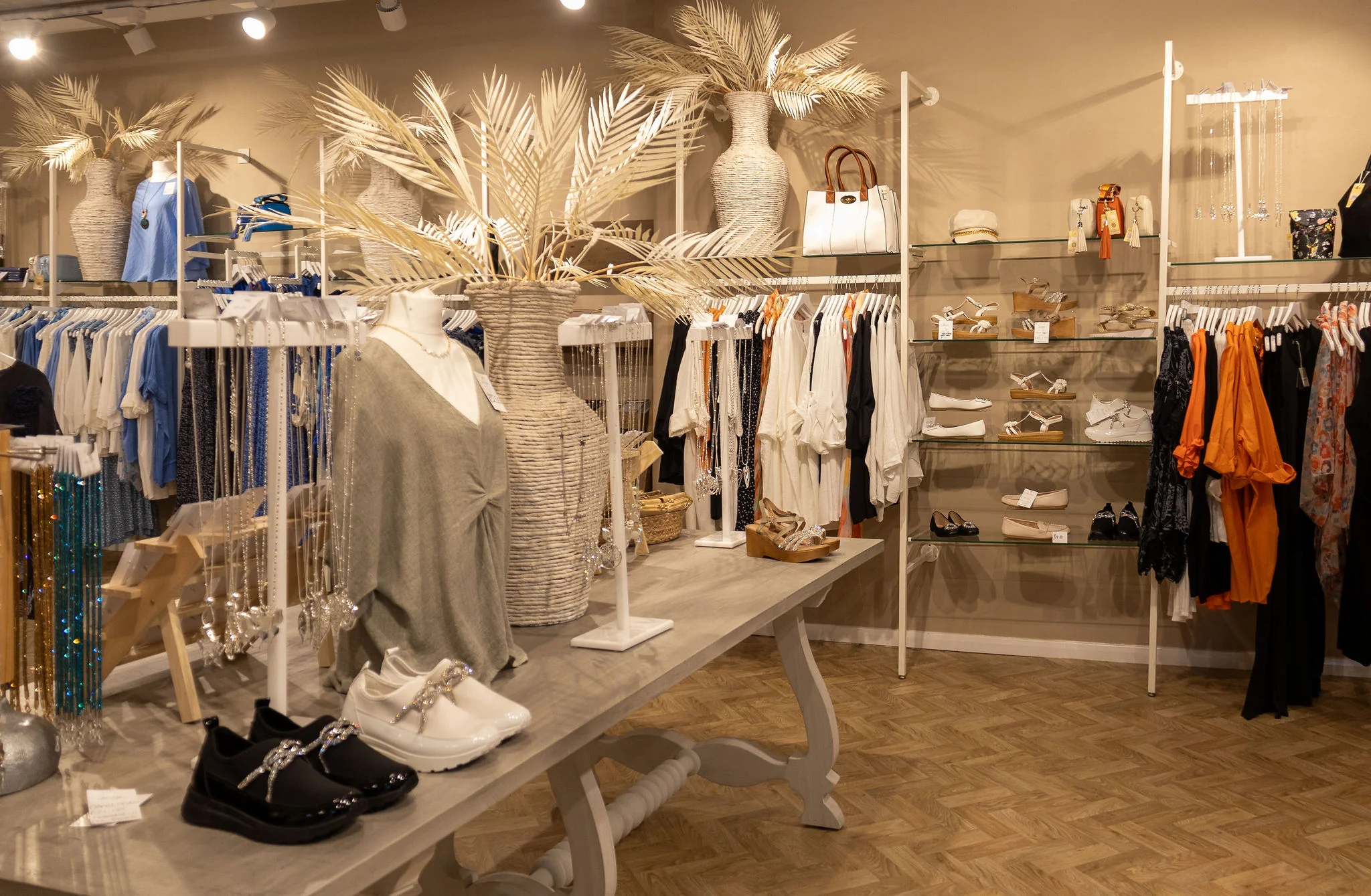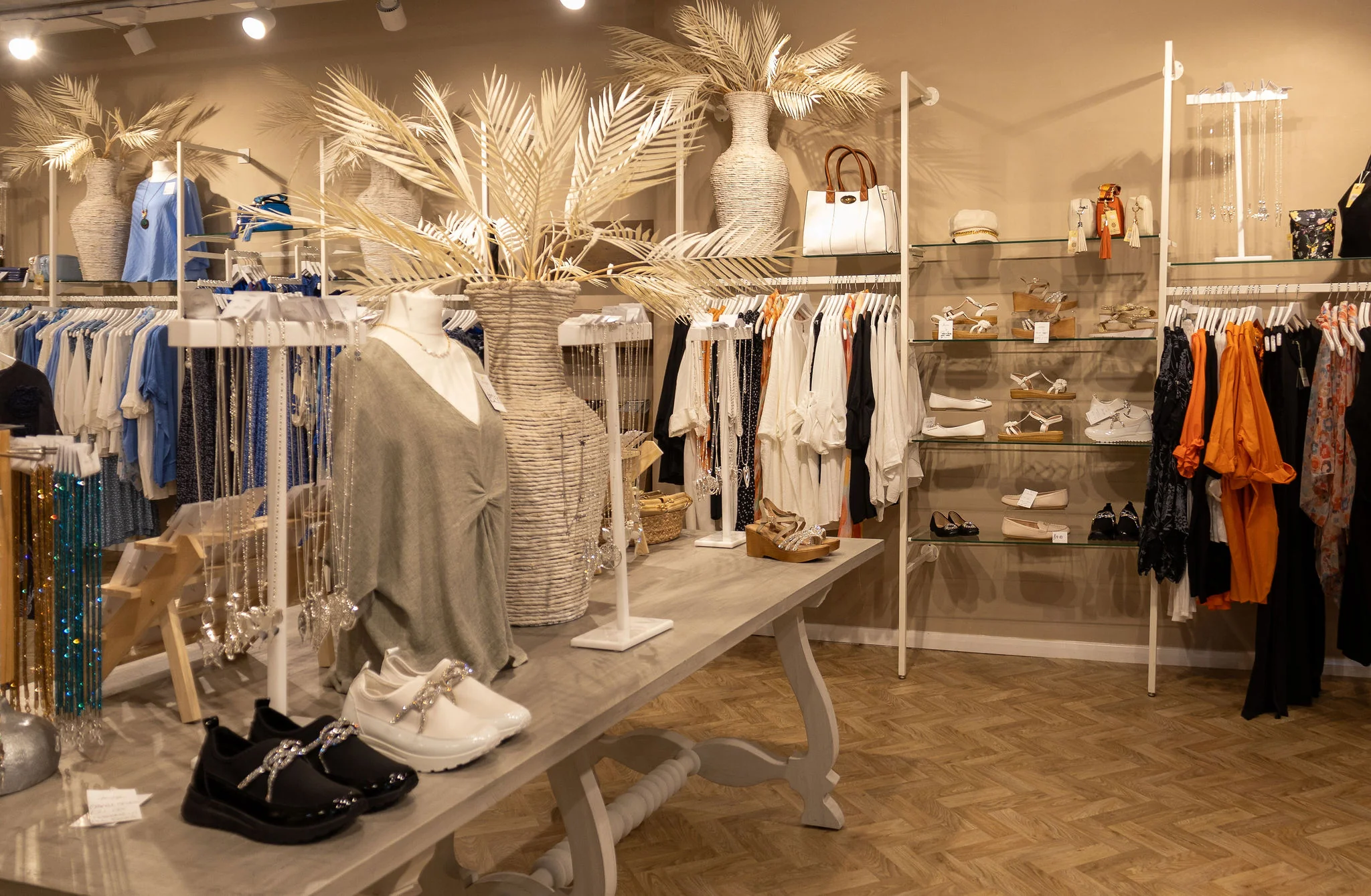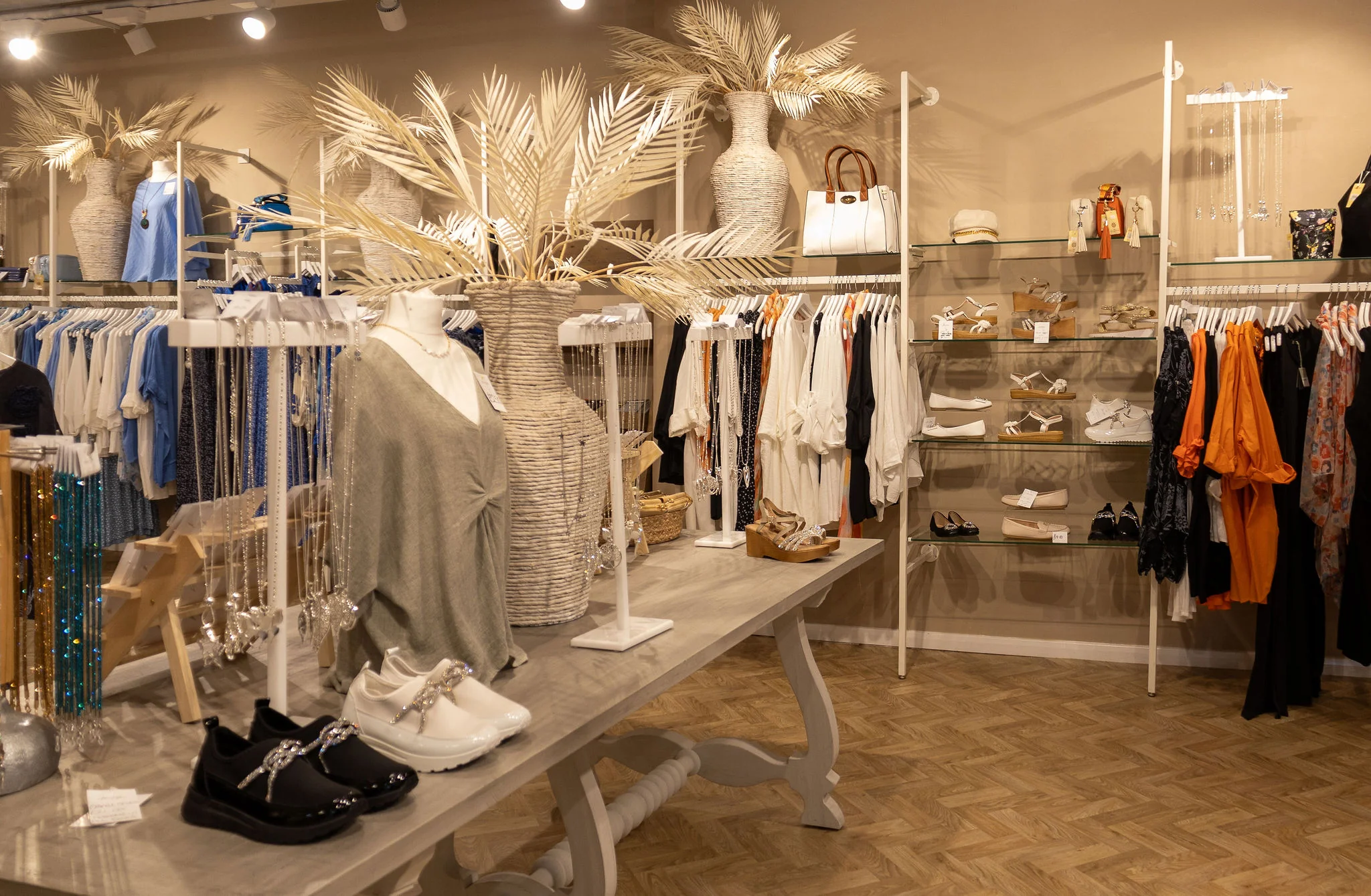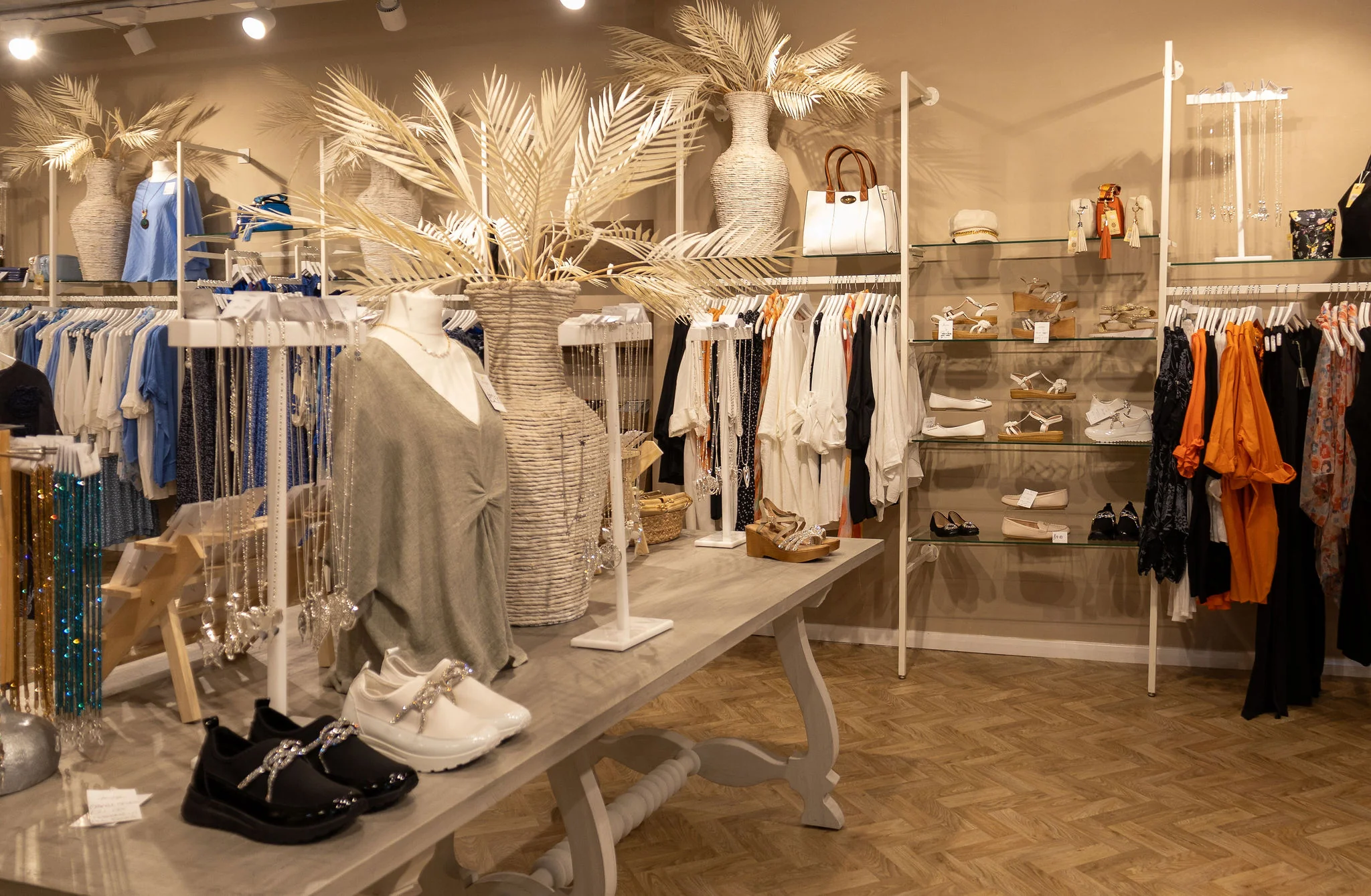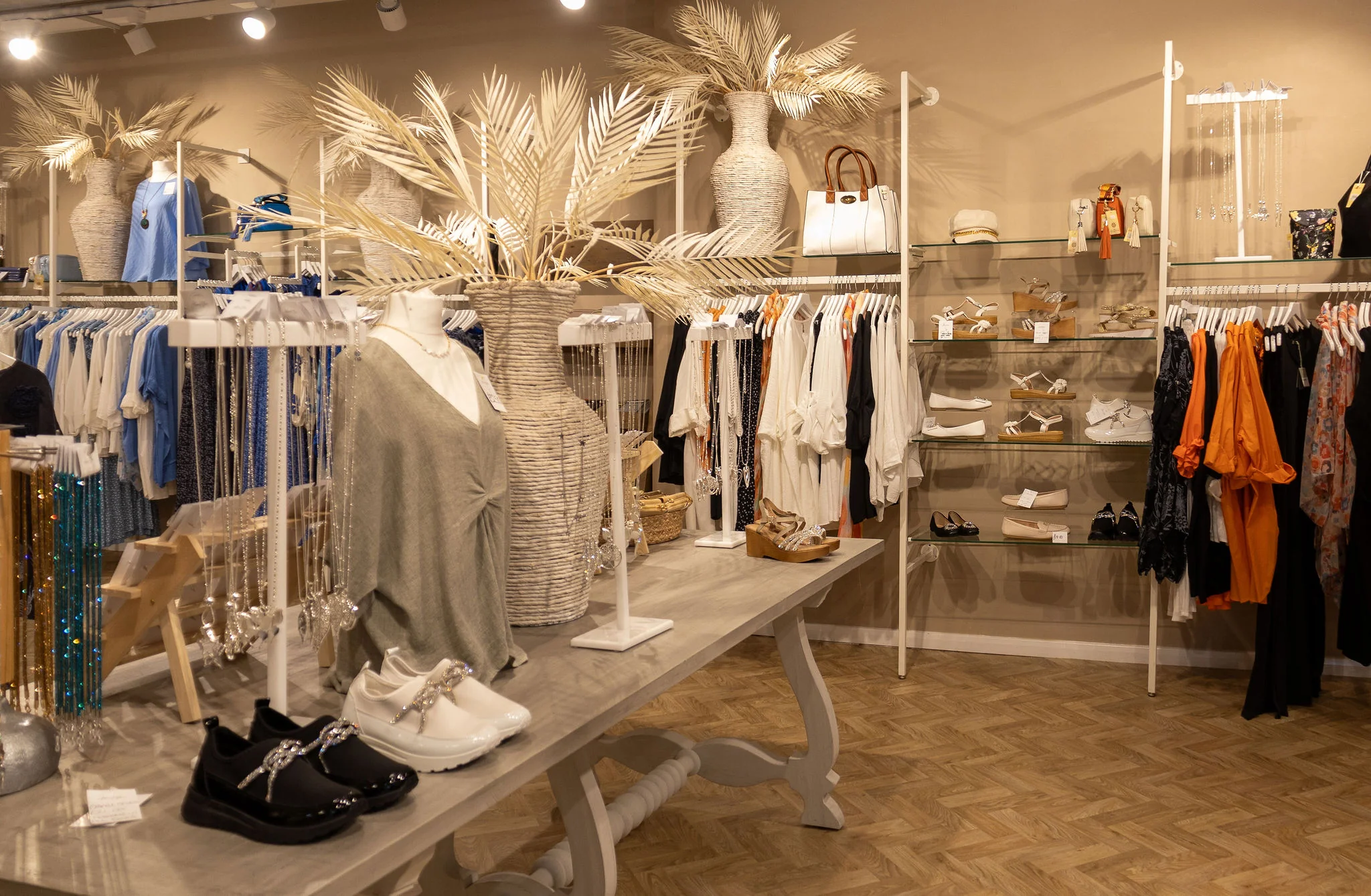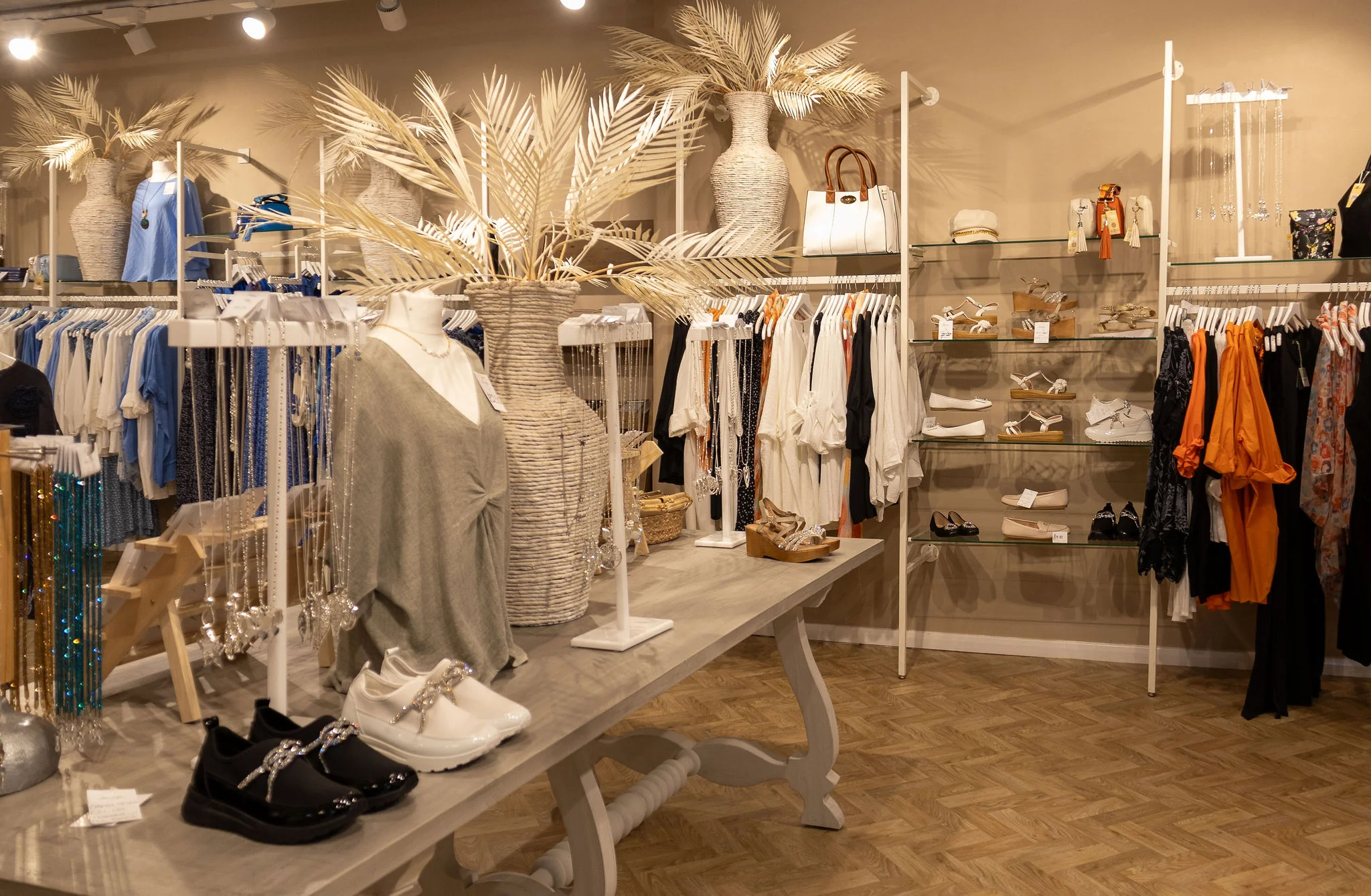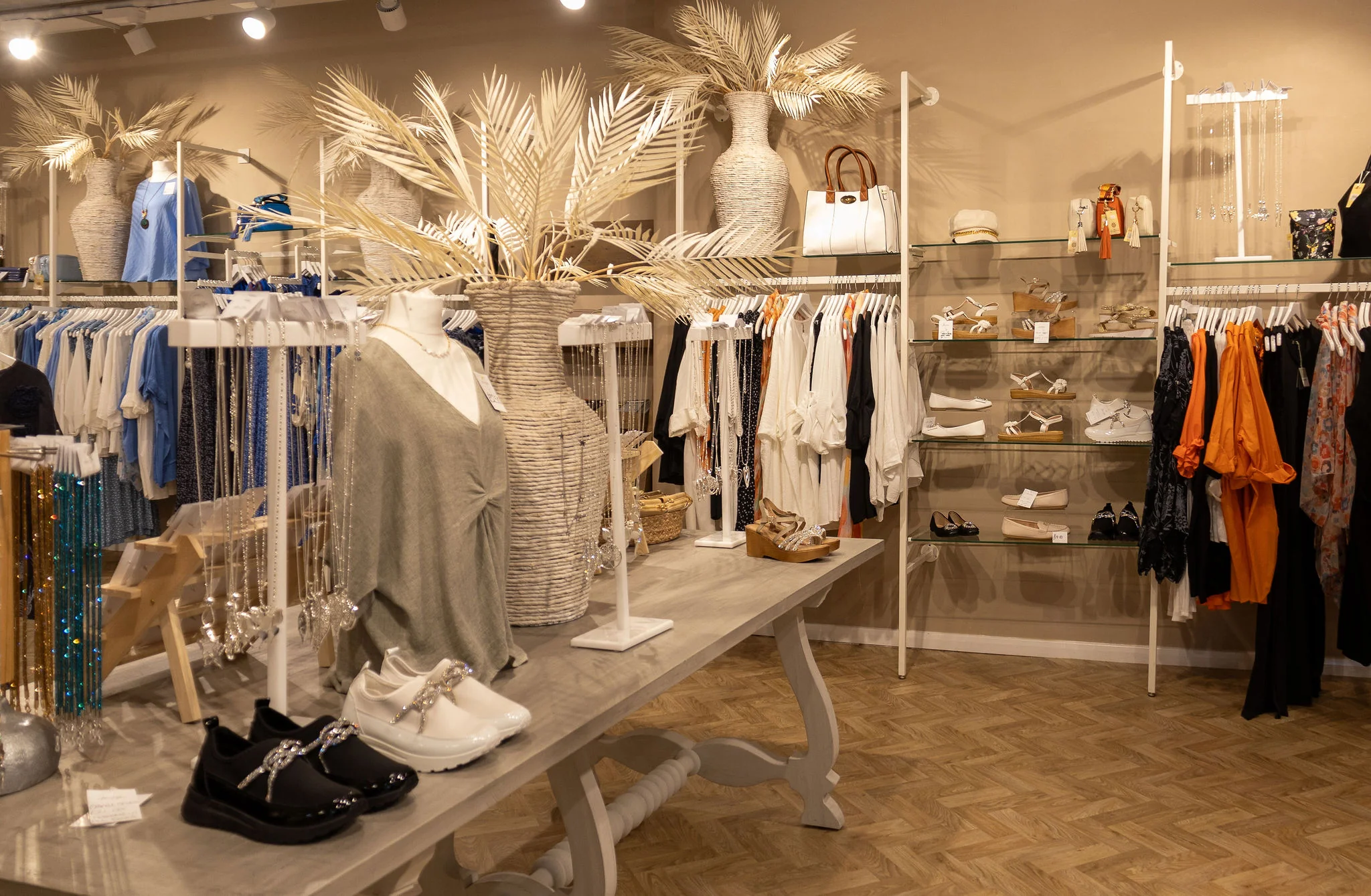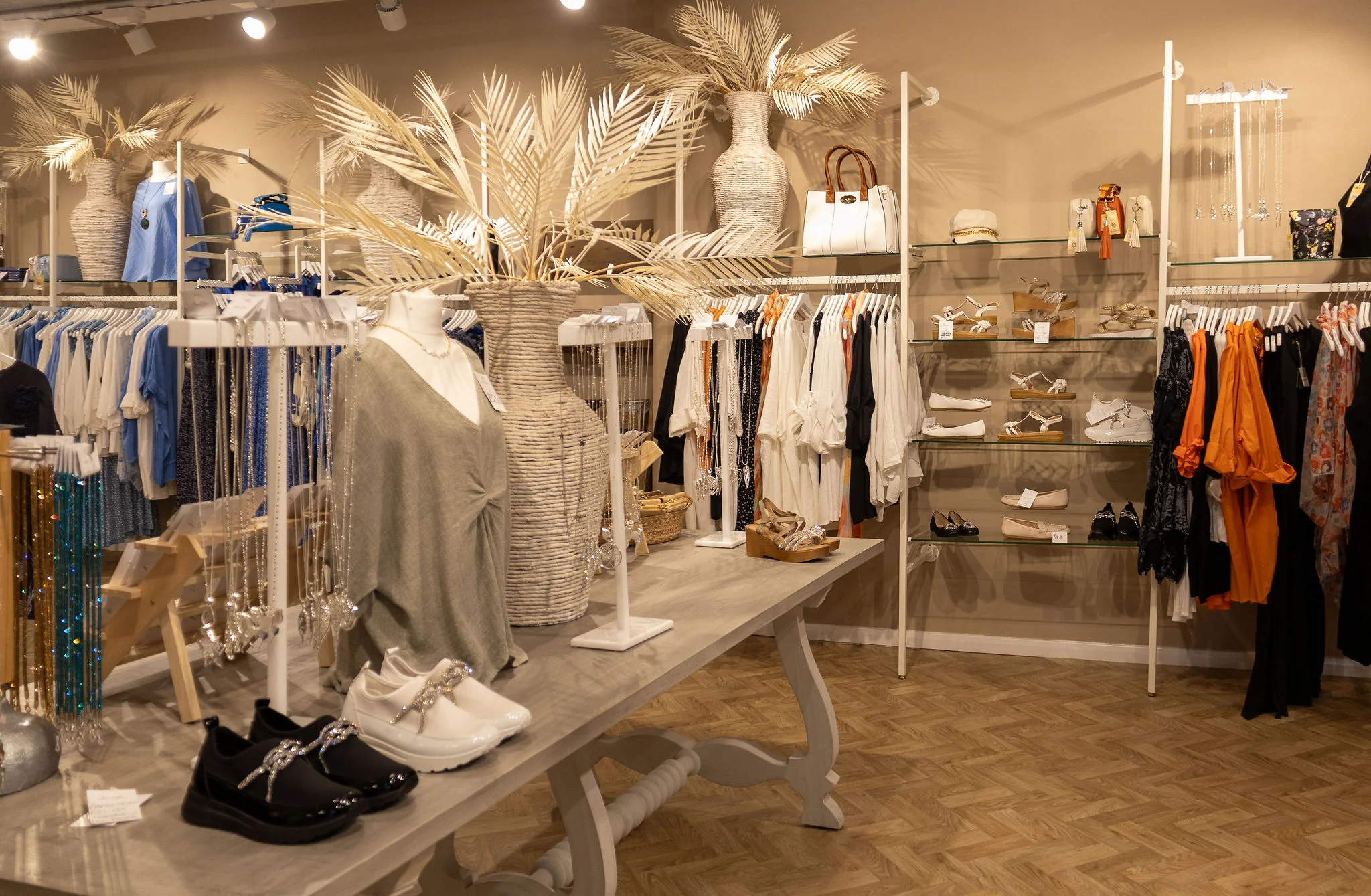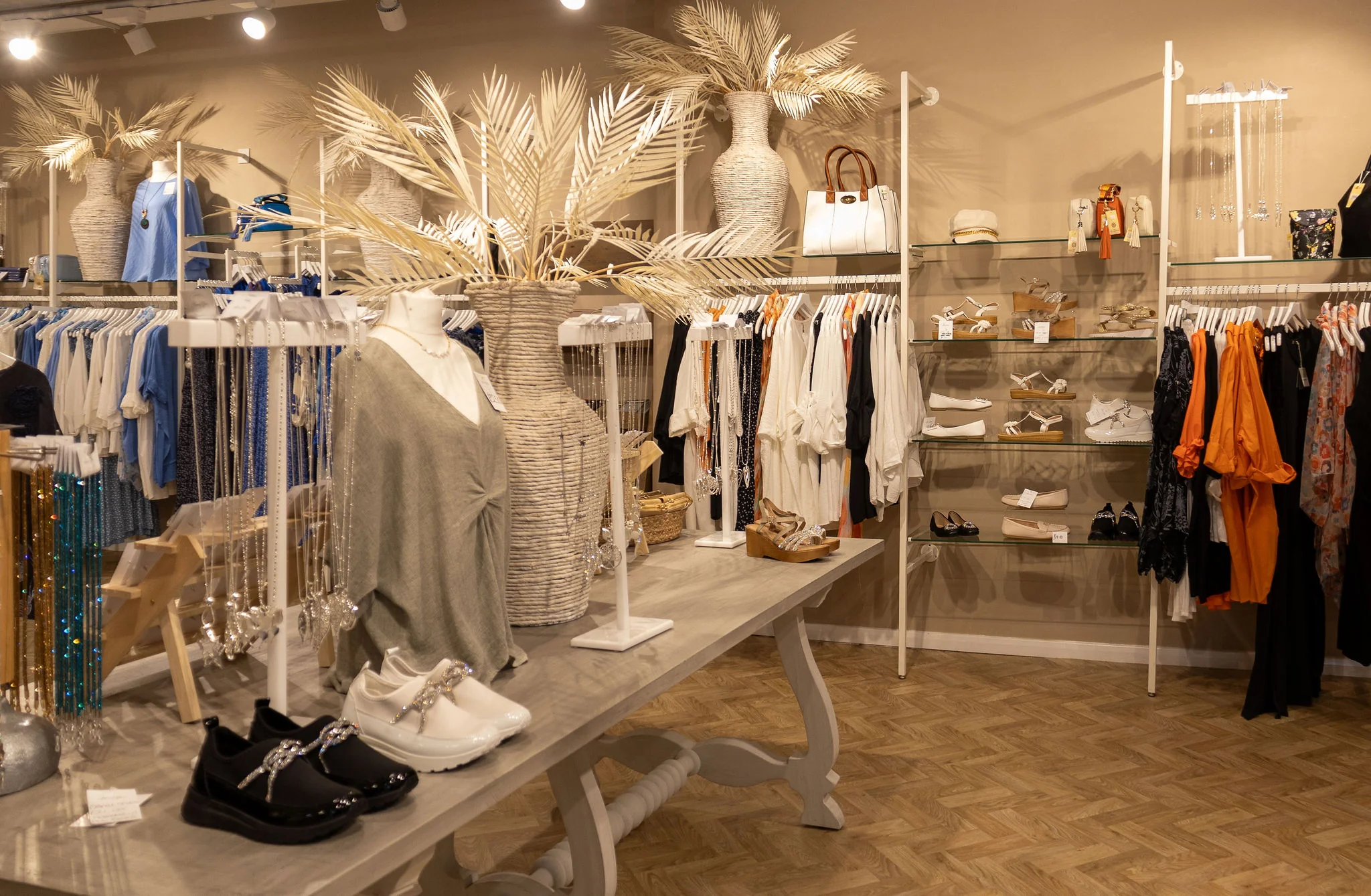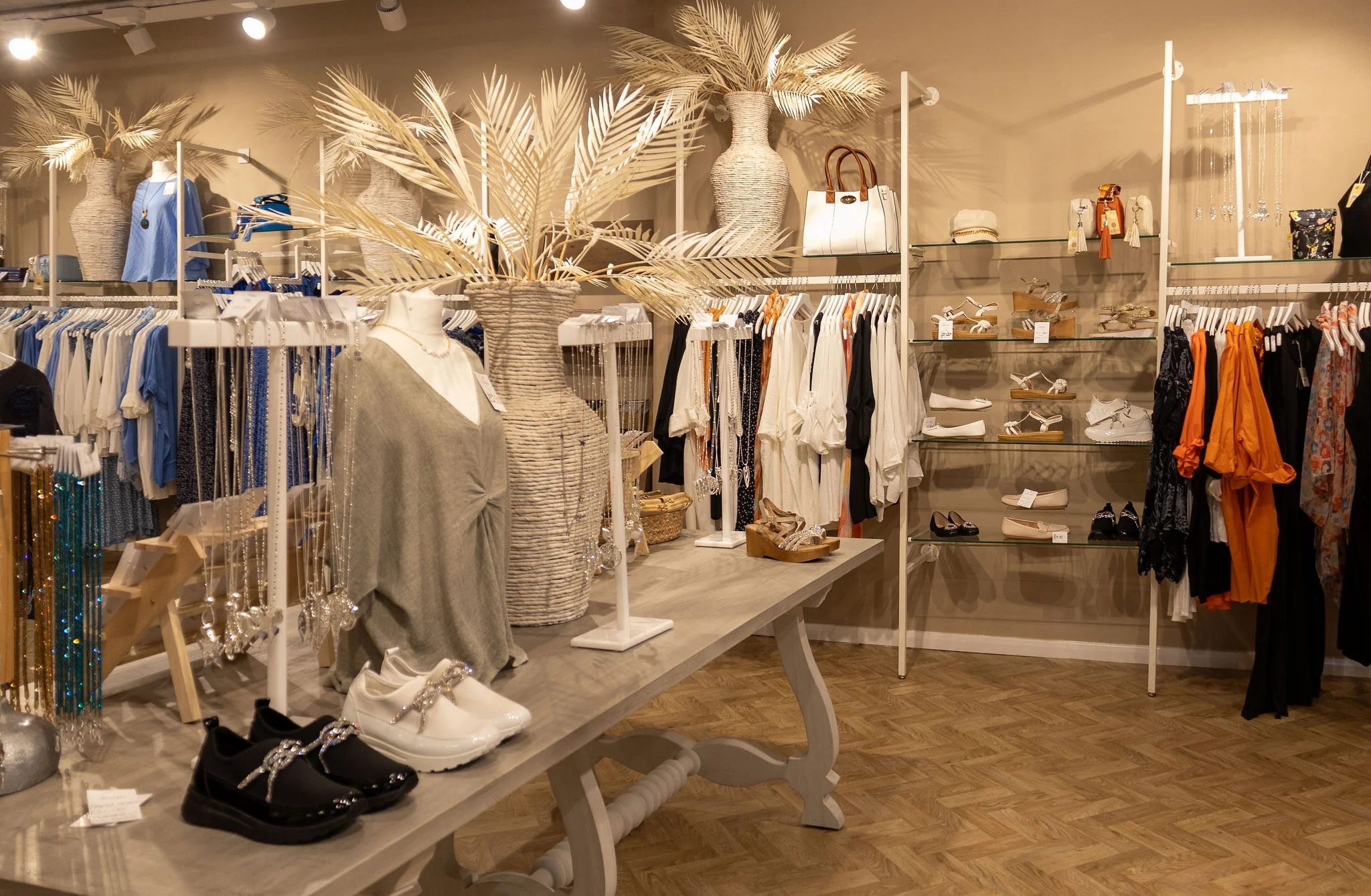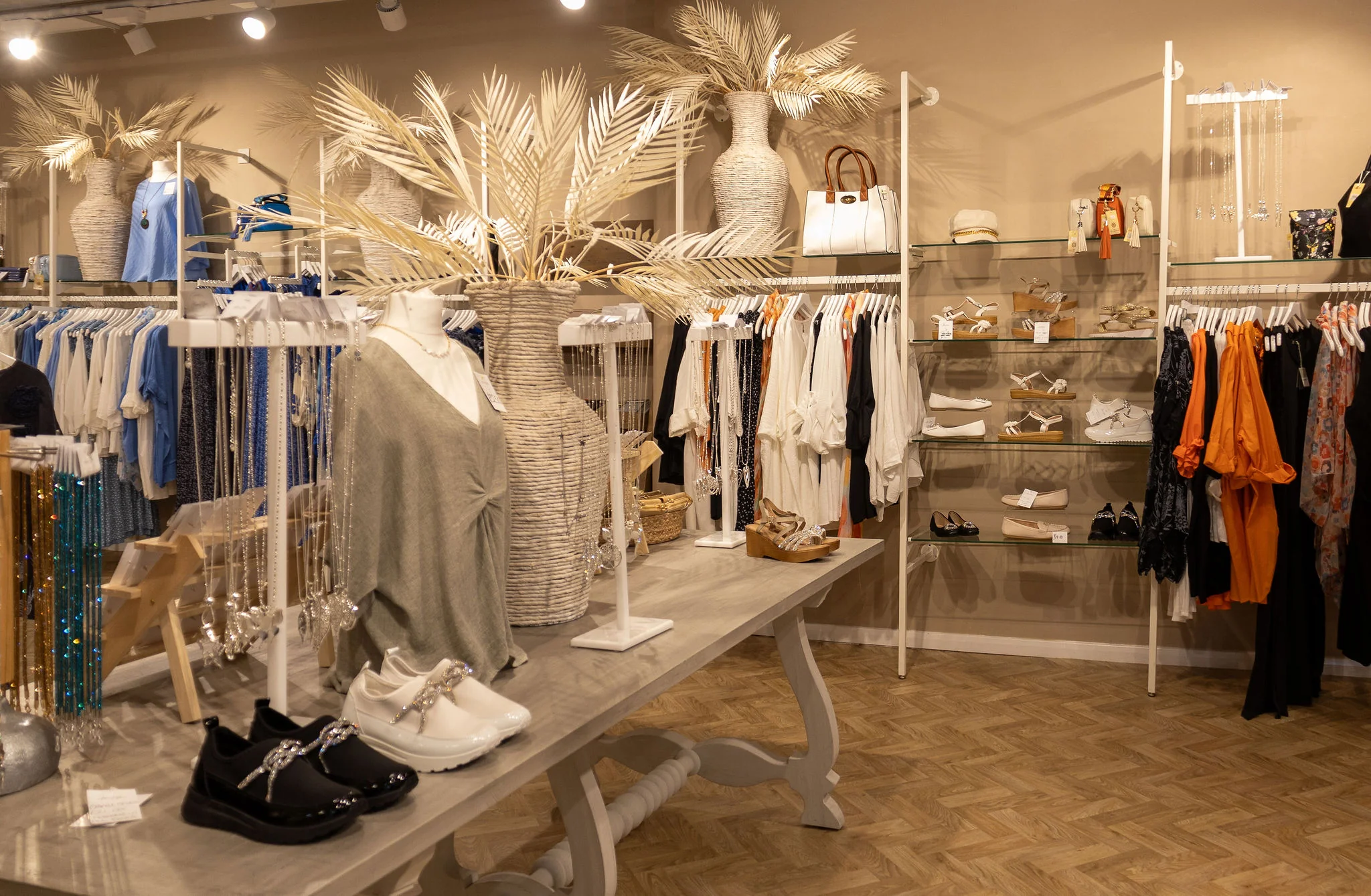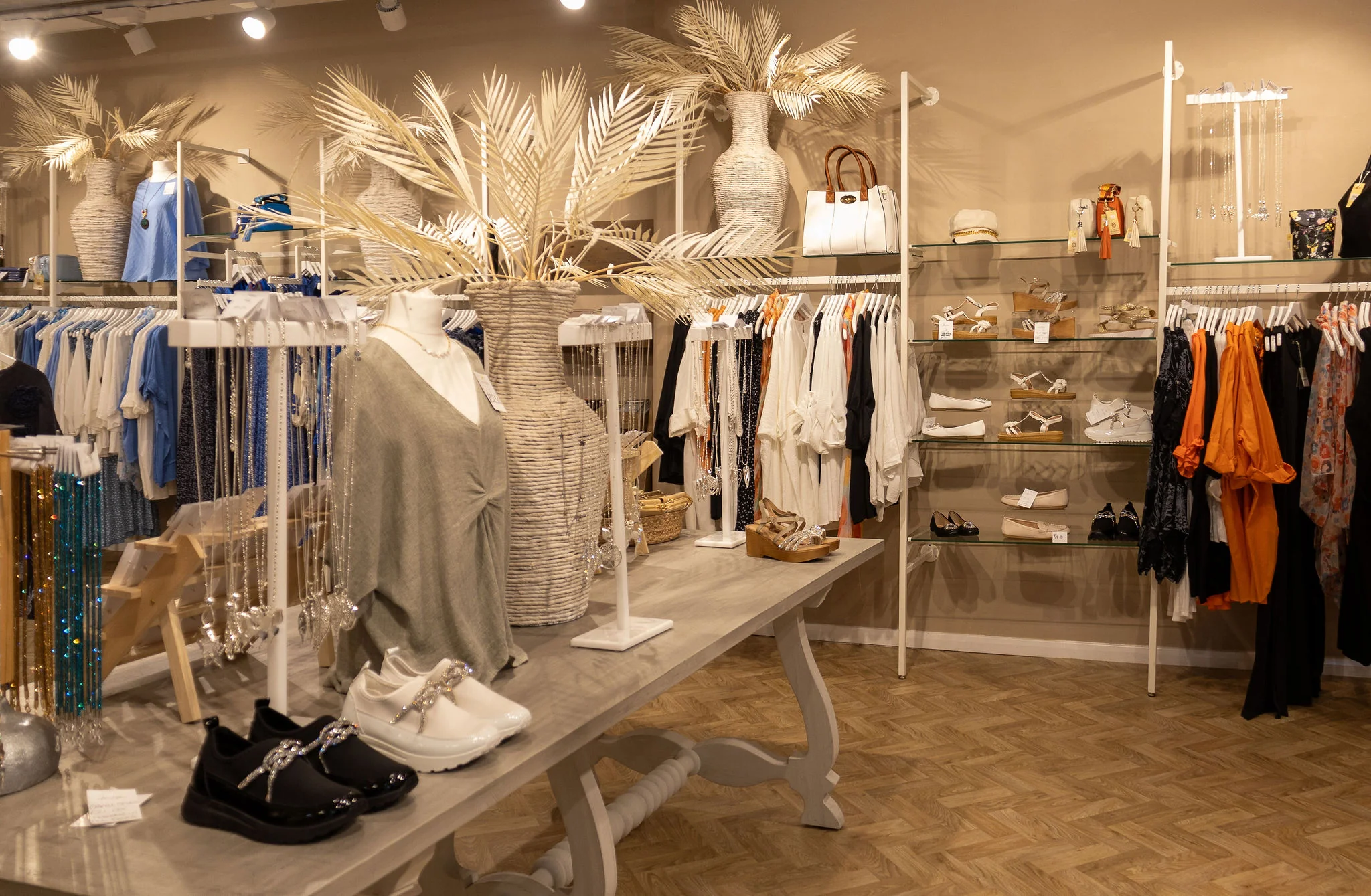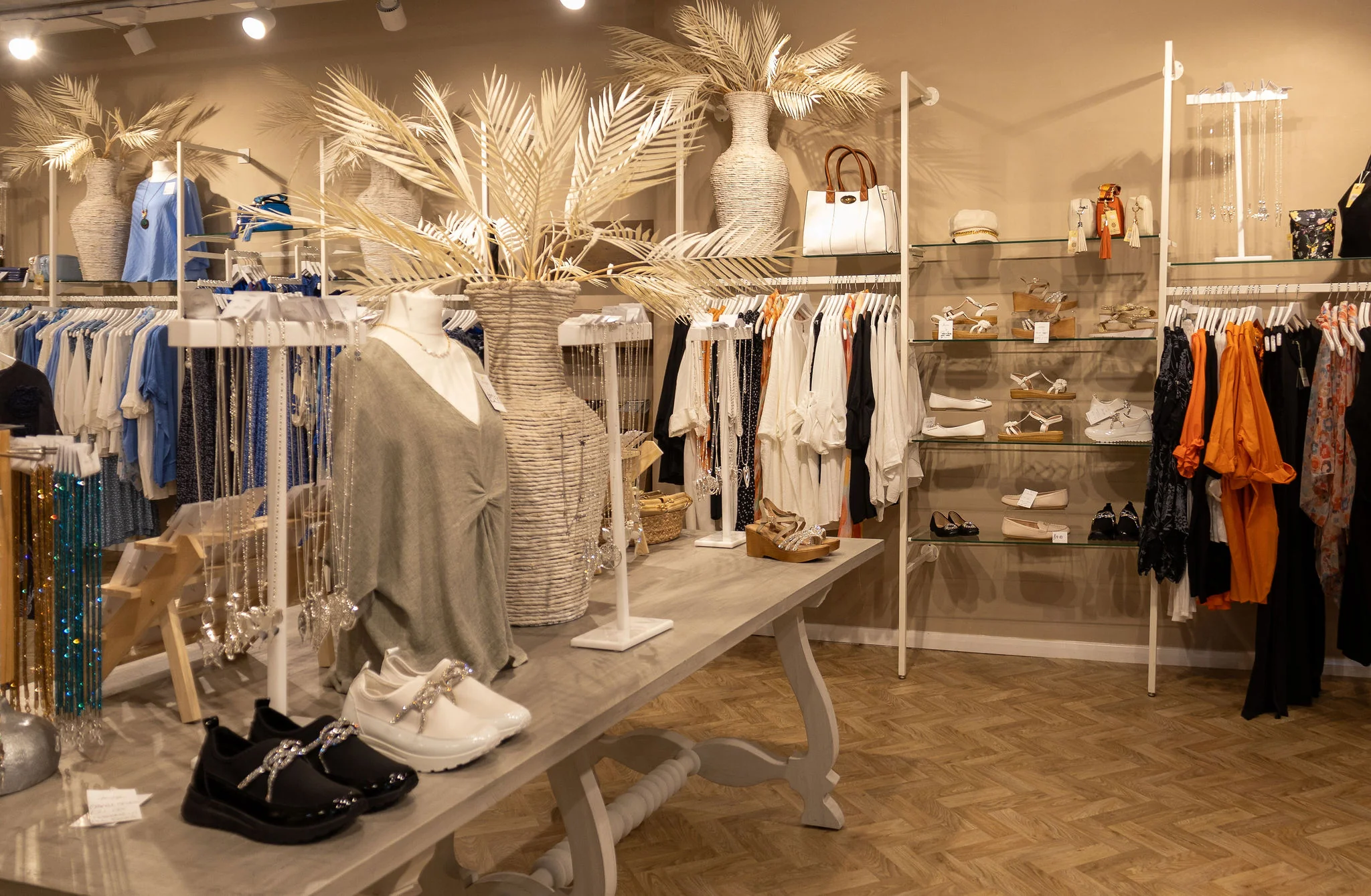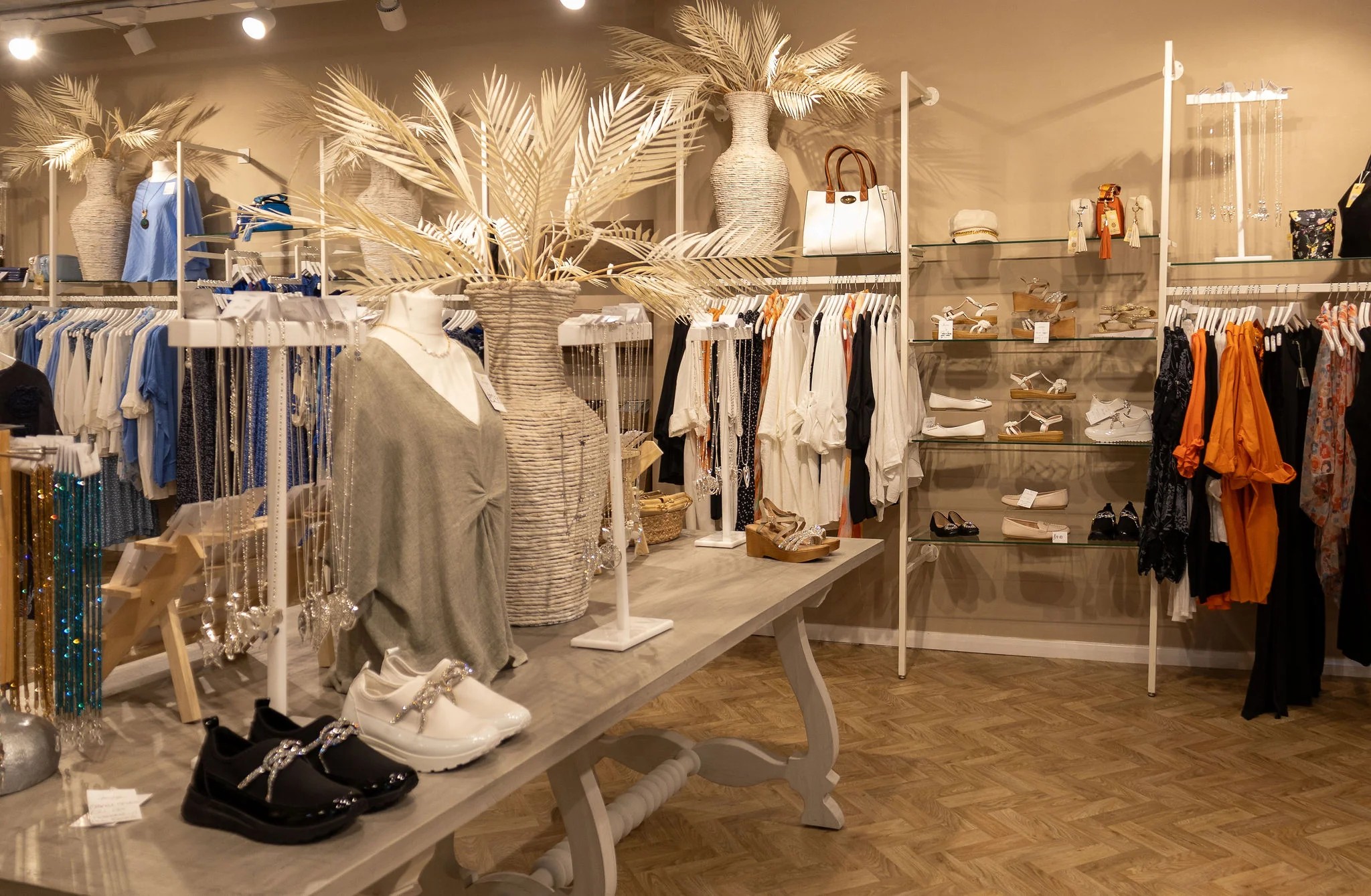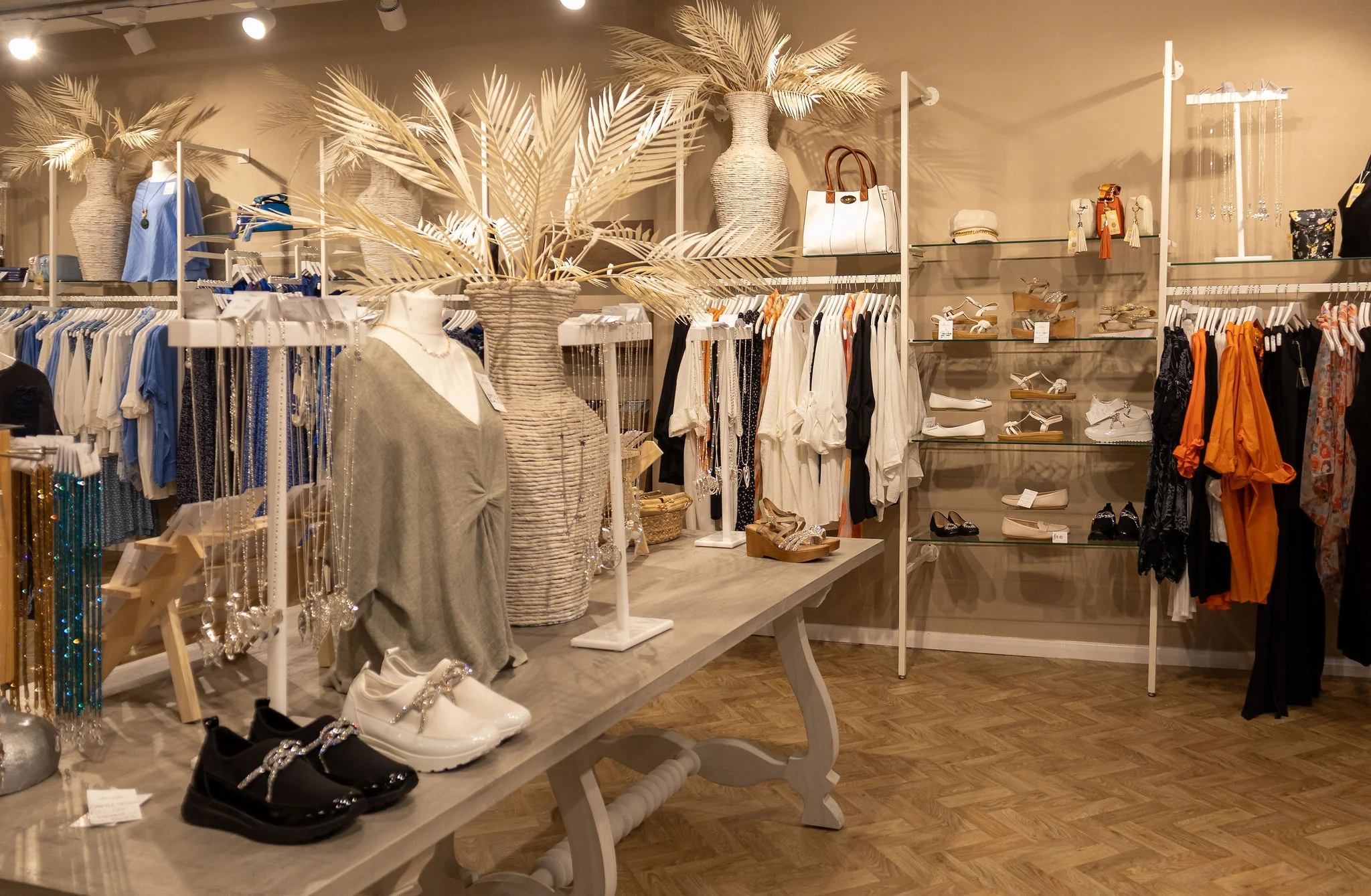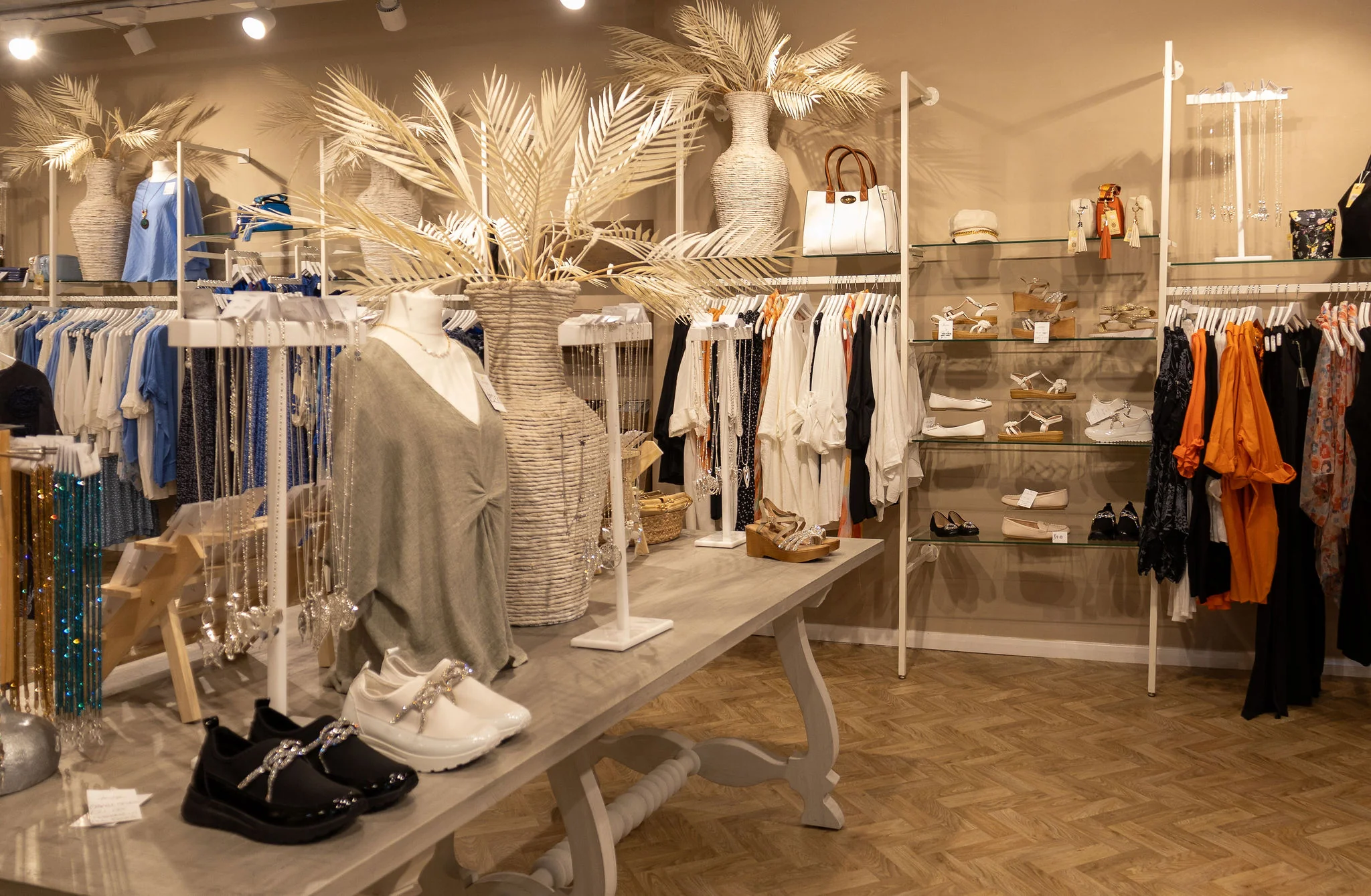Running a children's clothing shop comes with unique risks and challenges that standard retail insurance may not fully address. From …
Clothing Shop Business Interruption Insurance: Protecting Your Retail Income
Running a clothing shop involves significant investment in stock, premises, and building customer relationships. When unexpected events force your shop to close temporarily, the financial impact can be devastating. Business interruption insurance provides crucial protection for clothing retailers, ensuring your income stream continues even when your doors are forced to shut.
What is Business Interruption Insurance for Clothing Shops?
Business interruption insurance, also known as business income insurance, compensates clothing shop owners for lost income during periods when they cannot operate normally. This coverage goes beyond standard property insurance by protecting your ongoing business expenses and lost profits when covered events prevent normal trading.
For clothing retailers, this insurance is particularly vital given the seasonal nature of fashion retail, the high value of stock, and the dependency on foot traffic and customer visits.
Key Coverage Areas for Clothing Shops
Lost Income Protection
The primary benefit covers your gross profit loss during the interruption period. This includes lost sales revenue that would have been generated if the shop remained open, calculated based on your historical trading figures and projected sales.
Ongoing Business Expenses
Even when closed, clothing shops face continuing costs including rent, business rates, insurance premiums, loan repayments, and essential staff salaries. Business interruption insurance covers these fixed costs during the closure period.
Additional Trading Costs
Coverage extends to extra expenses incurred to minimize the interruption's impact, such as operating from temporary premises, hiring additional staff for stock recovery, or implementing emergency trading arrangements.
Stock Deterioration
Fashion items are particularly susceptible to becoming outdated or seasonal. The policy can cover stock that becomes unsaleable due to the interruption, including items that go out of season or fashion during the closure period.
Common Risks Facing Clothing Shops
Fire and Smoke Damage
Fires can destroy stock, fixtures, and fittings, forcing extended closures for repairs and restocking. Smoke damage can affect large quantities of clothing, making them unsaleable even if not directly burned.
Water Damage
Burst pipes, flooding, or roof leaks can damage significant amounts of stock and shop fittings. Water damage to clothing often results in total loss, requiring complete restocking.
Theft and Break-ins
Major theft incidents may require shop closure for police investigations, security upgrades, and restocking. High-value clothing items make retail shops attractive targets for criminals.
Supply Chain Disruptions
Clothing shops depend on suppliers for new stock. Disruptions to key suppliers can prevent restocking, particularly problematic during peak seasons or when launching new collections.
Utility Failures
Loss of electricity, heating, or water can make trading impossible, particularly during winter months when heating is essential for customer comfort and staff safety.
Seasonal Considerations
Peak Trading Periods
Clothing shops often generate significant portions of annual revenue during specific seasons - Christmas, summer holidays, or back-to-school periods. Interruptions during these crucial times can have disproportionate financial impact.
Stock Timing
Fashion retail requires precise timing for stock deliveries and sales. Interruptions can result in missing key selling seasons, leaving shops with unsaleable seasonal stock.
Weather Dependencies
Extreme weather can prevent customers from reaching shops, particularly affecting clothing retailers in shopping centers or high streets dependent on foot traffic.
Policy Features and Benefits
Gross Profit Calculation
Policies typically cover gross profit, calculated as turnover minus variable costs. For clothing shops, this includes the difference between sales revenue and the cost of goods sold.
Indemnity Periods
Most policies offer indemnity periods from 12 to 36 months, allowing sufficient time for clothing shops to recover, restock, and rebuild customer bases after major incidents.
Trends and Seasonal Adjustments
Good policies account for business trends and seasonal variations, ensuring compensation reflects what the shop would have earned, not just historical averages.
Professional Fees
Coverage for accountants, surveyors, and other professionals needed to assess losses and facilitate claims, ensuring expert support during difficult periods.
Choosing the Right Coverage
Sum Insured Assessment
Calculate coverage based on annual gross profit plus ongoing expenses. Consider growth projections and seasonal variations when determining appropriate coverage levels.
Indemnity Period Selection
Choose periods reflecting realistic recovery times. Clothing shops may need longer periods due to the time required to rebuild stock levels and customer relationships.
Additional Covers
Consider extensions for supplier failures, prevention of access, and loss of attraction if these risks are relevant to your location and business model.
Exclusions and Limitations
Standard Exclusions
Typical exclusions include wear and tear, gradual deterioration, and losses from changes in fashion or customer preferences unrelated to the insured event.
Seasonal Stock
Some policies may limit coverage for seasonal items that become unsaleable due to timing rather than the insured event itself.
Cyber-Related Losses
Traditional policies may exclude losses from cyber attacks or system failures, requiring separate cyber insurance coverage.
Claims Process
Immediate Steps
Contact insurers immediately after any incident that might lead to business interruption. Document all damage and keep detailed records of additional costs and lost sales.
Professional Support
Engage loss adjusters and accountants early to ensure proper documentation and calculation of losses, particularly important for complex retail operations.
Mitigation Duties
Policyholders must take reasonable steps to minimize losses, such as arranging temporary trading locations or implementing alternative sales methods where possible.
Cost Factors
Business Size and Turnover
Premiums typically reflect annual turnover and gross profit levels, with larger clothing shops paying higher premiums but benefiting from economies of scale.
Location Risks
Shops in flood-prone areas, high-crime locations, or areas with poor infrastructure may face higher premiums due to increased risk exposure.
Security Measures
Implementing robust security systems, fire prevention measures, and risk management procedures can help reduce premiums and improve coverage terms.
Integration with Other Covers
Property Insurance
Business interruption insurance works alongside property insurance, with property covering physical damage and business interruption covering consequential losses.
Stock Insurance
Ensure stock insurance and business interruption coverage align, avoiding gaps or overlaps in protection for inventory-related losses.
Public Liability
Consider how public liability incidents might cause business interruption and ensure adequate coverage for such scenarios.
Best Practices for Clothing Shop Owners
Regular Valuations
Review and update sum insured amounts regularly to reflect business growth, inflation, and changing stock values.
Risk Management
Implement comprehensive risk management procedures including fire prevention, security measures, and supplier diversification strategies.
Documentation
Maintain detailed business records, including sales data, supplier contracts, and expense records, to support any future claims.
Emergency Planning
Develop business continuity plans including alternative trading arrangements, temporary premises options, and emergency supplier contacts.
Conclusion
Business interruption insurance provides essential financial protection for clothing shop owners, ensuring business survival when unexpected events force temporary closure. The fashion retail sector's unique challenges - seasonal trading patterns, stock obsolescence risks, and dependency on customer footfall - make this coverage particularly crucial.
Proper business interruption insurance allows clothing shop owners to focus on recovery and rebuilding rather than worrying about meeting ongoing expenses during closure periods. When combined with comprehensive risk management and appropriate coverage levels, this insurance provides the foundation for long-term business resilience.
For clothing shop owners, investing in appropriate business interruption insurance isn't just about compliance or risk management - it's about protecting the business investment, preserving jobs, and ensuring the ability to serve customers for years to come.


 0330 127 2333
0330 127 2333

